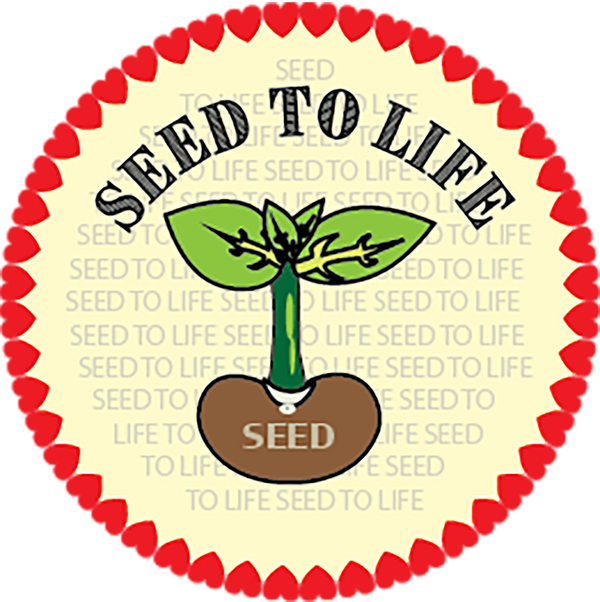Are you a cilantro lover or hater? Did you know that it could be not you but your genes that decide whether you like cilantro or not? According to one study, certain genes may be responsible for you being a cilantro lover or hater. So if you don’t like the smell of cilantro you may be able to blame it on your olfactory-receptor genes, which influence your sense of smell.



In one of my previous stories, I compared three different herbs cilantro, culantro, and Rau Ram/ Vietnamese Coriander that taste similar. Today we will see how to get the best out of this tiny little seed? What do you think? How many seeds can you get from one cilantro plant? Let’s find out.
I started my cilantro plants in late summer last year, which was in August. As the temperature started going down, the herb grew beautifully. I kept harvesting the leaves every couple of weeks. I thought the plants would not survive during winter but they were very resilient. They kept growing nice foliage. We even had week-long snow and the plants did not die in more than half a foot of snow.
As the winter ended, my cilantro plants started growing cute little white flowers. The plants were more than a meter tall by now. So if cilantro plants get proper nutrition and if you plant them in the right season, you can grow very tall cilantro plants that easily cross one meter. Also, you can harvest the leaves many times and get a ton of seeds.

The tiny hoverflies did not leave the plant alone for a minute. They and the butterflies were always there for the nectar. It takes a couple of months for the cilantro seeds to mature fully. But all the plants were loaded with tons of flowers and glistening coriander seeds. Just pop one in your mouth and the flavor is astonishing just from a single seed. The leaves become very thready almost like dill leaves and they still are edible. In fact, I prefer such leaves over the broad leaves since I find the changed flavor during bolting much stronger. It is exactly the way I like it. For garnishing, I also like to take finely chopped stems. They are also flavorful and crunchy. I know that even cilantro roots are used in Thai cuisine to make curry paste.
Once the flowers started forming, I stopped harvesting the leaves because I wanted to get as many seeds as possible from these plants so that I don’t need to buy organic seeds again for cilantro.


As the seeds matured they changed color from green to brown. That is when you can finally harvest the seeds. Now, there were so many seeds that it would have taken me hours to pluck them from plants. So, I started cutting the branches instead. The leaves were still not completely dried and also the seeds. So I let them dry more for a few weeks inside the home. Finally, I harvested all the branches. When I brought the branches home, my kitchen was smelling like cilantro for days. That is how aromatic the freshly harvested leaves get as they dry. I had already harvested the leaves several times but at this point decided to save some dried cilantro leaves too. You can watch the step-by-step processing of cilantro seeds in my video.
Now comes the moment of truth. Let’s weigh the seeds. Remember I had just four plants and I got more than 90 gm of seeds. After about three weeks again I weighed them and the weight reduced to 74 gm, It is because the water content reduced further. Even after cleaning the seeds you still need to dry them more for another couple of weeks before storing them in closed bags or containers otherwise they will get moldy. Can you imagine this story began with only four seeds and how much I got? At least 7–8 bunches of leaves and then these seeds. But that’s not all. I’m going to save some of these leaves as dried coriander herbs. Isn’t it amazing?

